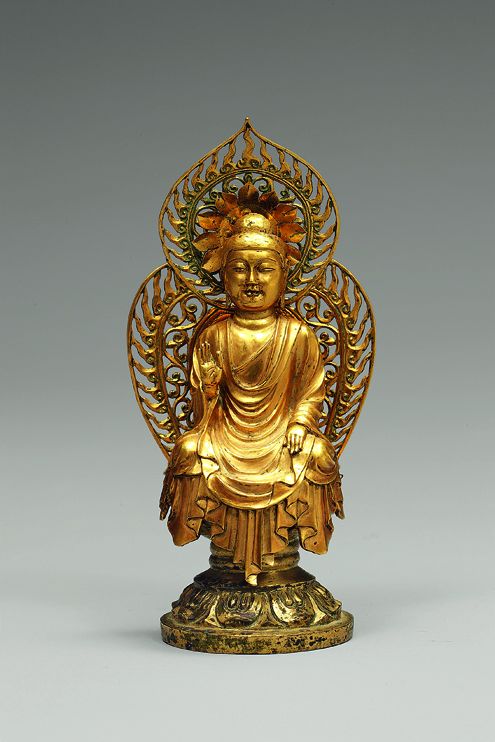TRACES OF YOU, ANUOSHKA SHANKAR

I am not a fan of the popularly know fusion music. My default
opinion is that fusion creates noise and confusion. Mixing of music is
hard for me to appreciate even when it includes
some of the work by Late Nusrat Fateh Ali Khan.
In the last few weeks I had a chance to attend two performances.
Both were experiments of fusion music between East and West. The names
of performers were too tempting to resist.

First
was Anuoskha Shankar, the daughter of legendary Ravi Shankar. I had
heard her before when she accompanied her father years back in Carnegie
Hall. Over the years she had developed her own style and has been
experimenting with western music for a while. For the fans of Spanish
flamenco it is a treat listening to her album Traveller, for which she earned one of her three Grammy nominations.
She performed at NYU Skirball Center of Performing Arts on November
16th, 2013. The concert was in conjunction of new 2013 release Traces of You.
It was a sold out performance, with an eclectic mixture of instruments, both eastern and western. The interesting exception was absence of tabla. The percussionist Pirashanna Thevarajah used the supposedly less sophisticated dhol which was on his lap all the times. He made good use of if and the sounded just as great.
It was a sold out performance, with an eclectic mixture of instruments, both eastern and western. The interesting exception was absence of tabla. The percussionist Pirashanna Thevarajah used the supposedly less sophisticated dhol which was on his lap all the times. He made good use of if and the sounded just as great.
Another percussion instrument was the Hang. It is a
steel drum, a recent invention out of Switzerland, looks like a UFO and
played by hand. It could be used both sides, he had three of them and
turned upside down when needed. Gave a dull note but was interesting to
watch and hear. The player was Manu Delago and when I looked up the Hand
in Wikipedia, he is featured there. Perhaps he is considered a master
of this instrument and he is on her team.
One very emotional piece is In Jyoti's Name. Jyoti
is the name of the girl who was assaulted in a gang rape and ultimately
died. It is very disturbing and the accelerated escalations of notes
depict the distress, anger and despair experienced in such a horrible
experience.
All her pieces were a mix of sitar along with
Shehnai, dhol, tanpura, cello, keyboard, Hang and drums. It got fast and
loud too much and too soon. Some items had lyrics in it. they were all
in English. Supposedly the actual album would have Nora Jones, (her half
sister) but in the concert it was Ayanna Witter-Johnson. She has a
great voice, but some lyrics seem out of meter.
Perhaps I did not understand this music that well.
Perhaps I am a generation removed to enjoy this kind of mix. It was a bit loud for me, but still there were many enjoyable moments in the performance.
I kept on waiting to hear something purely classical. It did happen, after the concert was almost over. After taking the collective bow, she returned to the stage to play a classical piece, in memory of her father. It was no fusion, just pure sitar, and it was fantastic.
I think of all her work, the Traveller is the best. It is a fusion with the Spanish flamenco music, which some say originated from the folk tunes of gypsy Roma people, whom many consider of Indian origin.
A week later, Sachal Jazz at Lincoln Center-----
I kept on waiting to hear something purely classical. It did happen, after the concert was almost over. After taking the collective bow, she returned to the stage to play a classical piece, in memory of her father. It was no fusion, just pure sitar, and it was fantastic.
I think of all her work, the Traveller is the best. It is a fusion with the Spanish flamenco music, which some say originated from the folk tunes of gypsy Roma people, whom many consider of Indian origin.
A week later, Sachal Jazz at Lincoln Center-----


